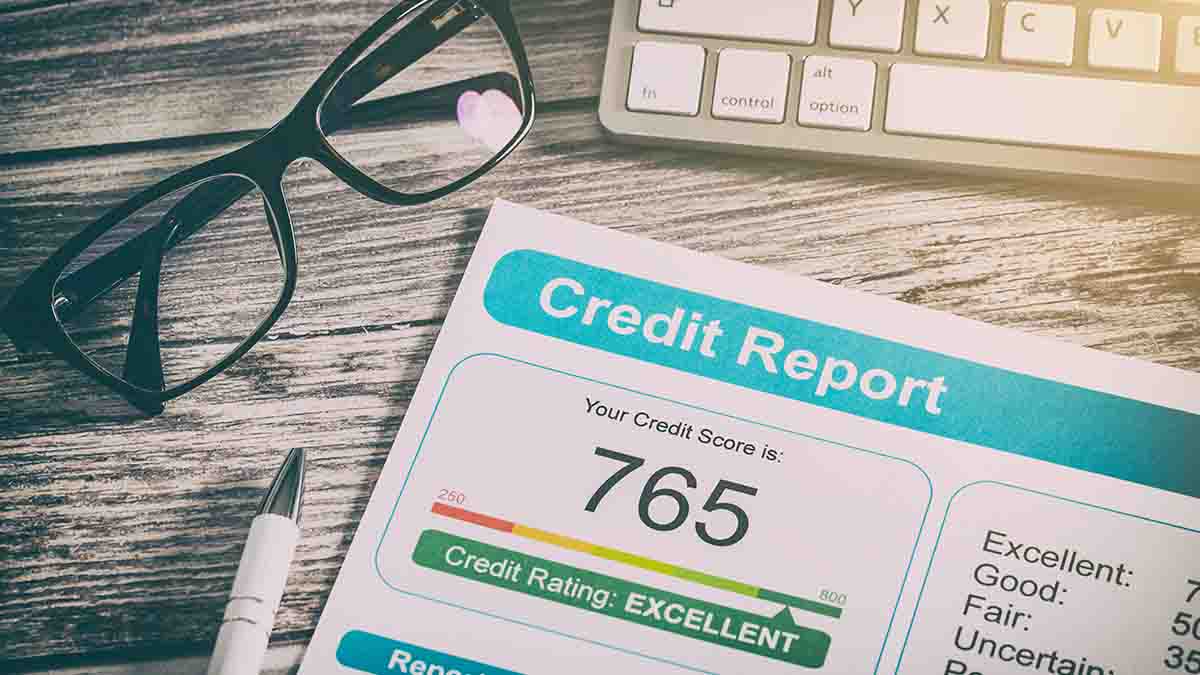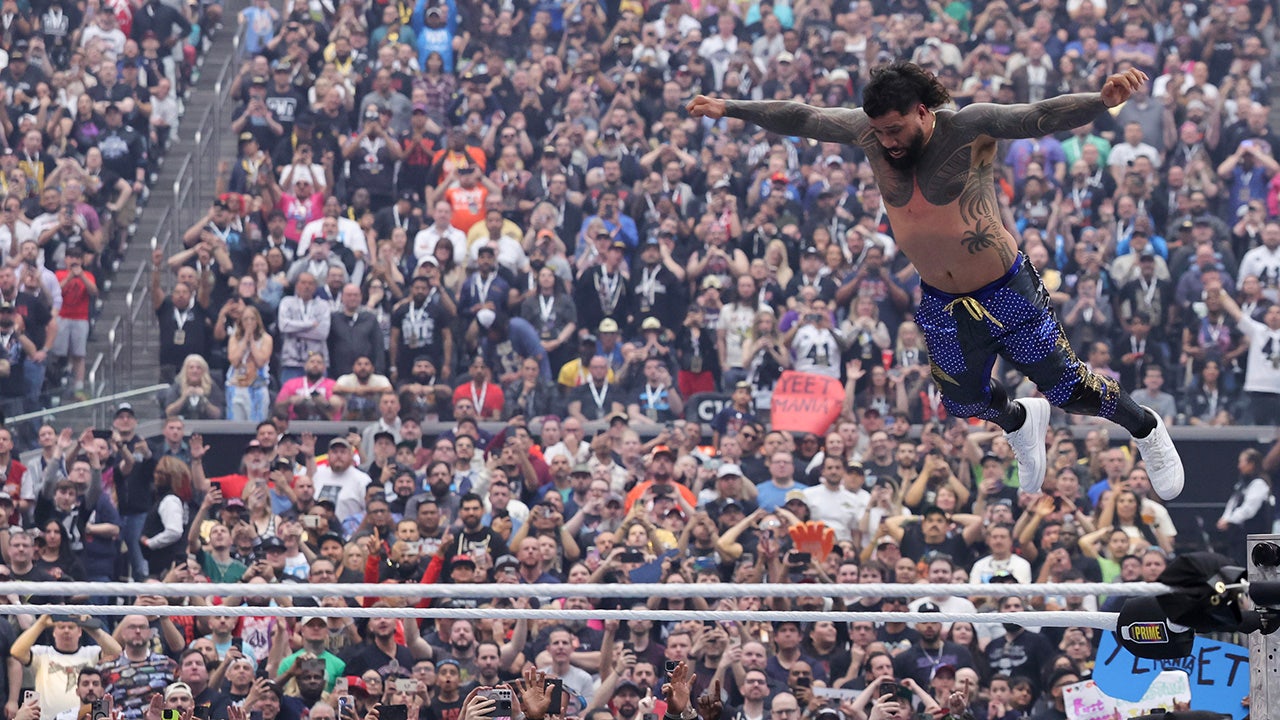Callie Cox
Mon, Apr 28, 2025, 9:04 AM 9 min read
I do not envy Federal Reserve Chairman Jerome Powell right now.
The 72-year-old former investment banker and longtime economic policymaker stands at a precarious crossroads. As the Fed chairman, his job is to achieve two goals: price stability and full employment. Usually, the trade-off between these two aims is clear, but these days, Powell has to perform a difficult balancing act. On the one hand, he needs to keep prices in check as the White House enacts dramatic tariffs on our biggest trading partners. On the other hand, he has to try to slow the uptick in the number of jobless Americans.
How Powell addresses this conundrum will have massive effects on the American economy. Get it wrong and the US could get stuck in the dreaded "stagflation," a condition in which inflation is taking off at the same time the job market is getting weaker. It's nearly impossible to simultaneously address the "stag" and the "flation." Policymakers obviously care about both sides of the dual mandate, but given the central bank's blunt tools, equal treatment by the Fed isn't really possible.
This leaves investors in a pickle. Over the past two decades, the stock market's playbook has been fairly obvious: Don't fight the Fed. As the Fed has become more willing to step in and backstop the economy, it's gained the power to stem even the harshest stock sell-offs. Its track record is impressive, too. Seven of the last eight bull markets — when major stock indexes rallied at least 20% — started when the Fed was cutting rates. Investors eventually picked up on this, snatching up stocks as soon as policymakers intervened.
But what do you do when even the Fed isn't sure what side it's on?
So far, Powell and his compatriots at the Fed have chosen to do nothing. They're taking the wait-and-see approach, hoping that clear trends — or a way out of tariff threats — will arise in the coming months. I have no answers for this predicament, and as I said, I certainly wouldn't want to be in the chairman's shoes right now. But I do think this moment requires us non-Fed members to think differently about our own money.
Understanding history is important when we're talking about the Fed's current rock-and-a-hard-place situation.
For decades after its creation in 1913, the Fed was the invisible hand on Wall Street, guiding interest rates through booms and busts without noise or fanfare. Central bankers were tasked with ensuring the stability of the banking system, with a few unofficial projects around keeping prices stable that were more extra credit than required homework. The Fed's job changed drastically in the 1970s, though. In an era of disco balls and poofy hair, the US economy battled one of its toughest tests to date — an inflationary shock from a surge in oil prices, and an unemployment rate as high as 9%. This is the infamous stagflation crisis, and it was the height of economic misery.
.png)
 German (DE)
German (DE)  English (US)
English (US)  Spanish (ES)
Spanish (ES)  French (FR)
French (FR)  Hindi (IN)
Hindi (IN)  Italian (IT)
Italian (IT)  Russian (RU)
Russian (RU) 








Comments